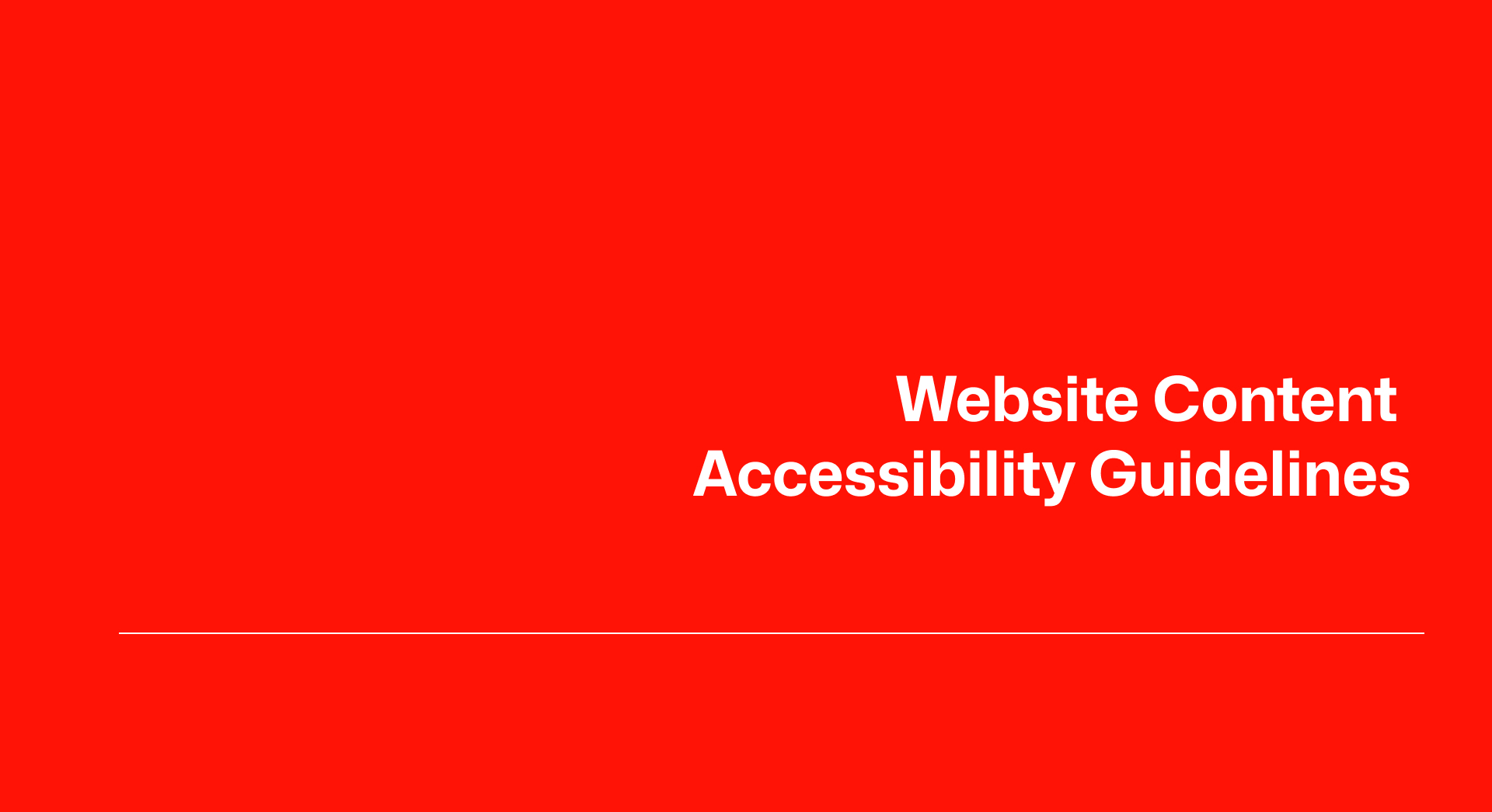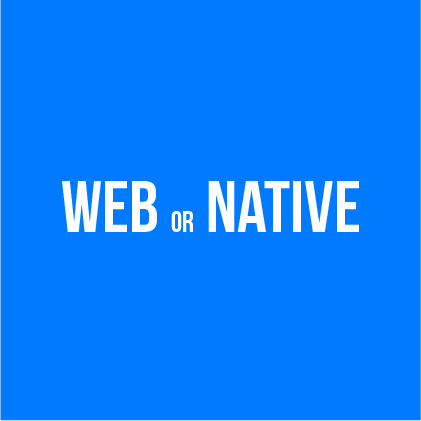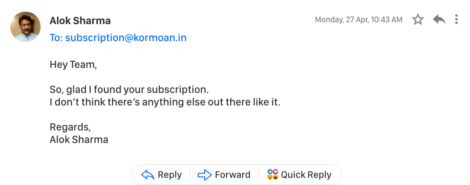
Companies must take the required efforts to comply with WCAG 2.0 as they continue to provide the market with cutting-edge and distinctive digital solutions. Companies have the chance to be proactive rather than reactive in their approach to and implementation of accessibility, given that 1 in 4 adults in the US lives with a disability. Cost savings, avoiding prejudice and legal action, expanding your audience, and enhancing SEO (Search Engine Optimisation) are just a few advantages of doing this.
The ADA (Americans with Disabilities Act) should come first.
The Americans with Disabilities Act (ADA), which became law in 1990, mandates that specific company categories provide reasonable accommodations for people with physical and mental disabilities. After being established, an Access Board was formed, consisting of engineers, architects, designers, and other interested parties.
This group sets guidelines aimed at removing obstacles for those with disabilities. These rules are applicable to businesses, state and local governments, as well as public accommodations. It’s crucial to keep in mind that a disability does not necessarily have to be severe or permanent.
The Americans with Disabilities Act, which guarantees access to the built environment for those with disabilities, is frequently linked to specific places. However, the Americans with Disabilities Act (ADA) Standards for Accessible Design were issued by the Department of Justice (DOJ) in 2010. Places of public accommodation are required by Title III of the ADA to either make sure their websites are accessible or offer “an accessible alternative.
World Wide Web
The first website wasn’t yet operational when Congress passed the ADA in 1990; it didn’t happen until August of that year. It seems sense that the ADA’s architects did not envision the World Wide Web as it exists today. In 1992, there were ten websites, to give you some perspective. There are more than 1.7 billion websites registered as of January 2020, of which 200 million are deemed active. How far the internet has advanced in just 30 years is difficult to fathom.
Nowadays, we utilize the internet to make purchases like groceries and furniture as well as to arrange meetings with colleagues abroad and send money instantly from our bank account to theirs. But what if someone visiting your company’s website wanted to learn about your product but was unable to use it to find the information they needed in the way that was intended for users?
Guidelines for Accessible Website Content
The World Wide Web Consortium (W3C), the primary international standards body for the World Wide Web, published WCAG 1.0 in May 1999. It was made up of 14 guidelines, each of which concentrated on a general principle of accessible design. The foundation of WCAG is rather straightforward. All users of the World Wide Web should have equal access to it, regardless of their physical or mental capabilities. In other words, it’s a clearly thought-out set of guidelines that guarantees that information will be available to everyone. When WCAG 1.0 was superseded by WCAG 2.0 in 2008, a significant shift occurred in which the emphasis of the rules shifted from method to 4 fundamental concepts. This ensured that rules were still applicable as technology eventually developed. The material on the web must follow these four rules if anyone wants to utilize it:
Perceivable – Users must be able to perceive the information and user interface components. As a result, consumers must be able to understand the information being displayed; it cannot be imperceptible to any of their senses.
Operable – The navigation and user interface elements must be usable. Users must be able to use the interface; it cannot require actions that users are unable to take.
Understandable – Information and user interface functionality must be comprehendible. Users must be able to comprehend both the information and how the user interface works (neither the content nor the functionality can be too complex for them).
Understandable- Content must be sufficiently resilient to be reliably interpreted by a wide range of user agents, including assistive devices. Users must be able to access the material as technology develops (the content should continue to be available as user agents and technologies change).
There are Success Criteria that are included under each directive and detail precisely what must be accomplished to meet this directive’s requirements. Each Success Criterion is written as a statement that, when evaluated against a particular piece of Web information, will either be true or incorrect. The Success Criteria were created to be independent of technology.
For the purpose of verifying whether the material satisfies the Success Criteria in an unbiased manner, all WCAG 2.0 Success Criteria are written as testable criteria. Software assessment programs can automate certain testing, however, some tests still need human testers to do all or a portion of the test.
Degrees of compliance
To accommodate the demands of various people and contexts, the WCAG 2.0 criteria are divided into three levels of conformance: A (lowest), AA (mid-range), and AAA (highest). Higher degrees of conformity imply lower levels of conformity. Depending on the kind of business you run, your website may need to comply at Level A, AA, or AAA. For instance, many higher education institutions are eligible for federal subsidies, therefore they must abide by Section 508 requirements.
Many organizations have taken extra steps to comply with WCAG 2.0 AA. 11% of US undergraduate students, according to the National Centre for Education Statistics, are disabled. 70% of all US major colleges were judged to have inadequate web accessibility, according to a 2016 progress report.
News about accessibility lawsuits on Netflix
The National Association of the Deaf sued Netflix back in 2011. The complaint stated that Netflix’s website’s programs and movies lacked closed captioning. The court determined that Netflix must make its services accessible because it is a place of public accommodation under the ADA.
Cambridge and MIT
The National Association of the Deaf and four other deaf and hard of hearing people sued Harvard University and the Massachusetts Institute of Technology (MIT) in two federal class action lawsuits on February 11, 2015, alleging that the universities discriminate against deaf and hard of hearing people by failing to caption the wide range of online content they make accessible to the general public.
According to the lawsuit, these universities are in violation of the Americans with Disabilities Act and the Rehabilitation Act by denying deaf and hard of hearing people access to thousands of freely available videos and audio tracks on a wide range of general interest topics that each university makes publicly available.
Beyonce
Beyonce’s company, Parkwood Entertainment, was named in a class action complaint filed in January 2019 alleging that Beyonce.com denies people with visual impairments equal access. The website is allegedly in violation of the Americans with Disabilities Act because it has “an exclusively visual interface” without any coded alt-text, according to the lawsuit brought by blind New Yorker Mary Conner. Other problems with the website, according to the lawsuit, were the inability to use a keyboard instead of a mouse and the absence of accessible drop-down menus and navigation links.
How Can Your Company Be Proactive?
There is useful software available to assist in determining which parts need to be changed, such as font and color analysis and missing alt text. But at Think Design, we have specialists in usability and accessibility that carefully examine each page of your site and produce a comprehensive report to assist you understand the areas that need to be improved and why. We can assist with the necessary adjustments to get your website compliant after we’ve finished the assessment. We can assist you in making your website WCAG compliant whether you’re a startup, enterprise corporation, government agency, or higher education establishment.
The foundation of WCAG is rather straightforward. All users of the World Wide Web should have equal access to it, regardless of their physical or mental capabilities.










